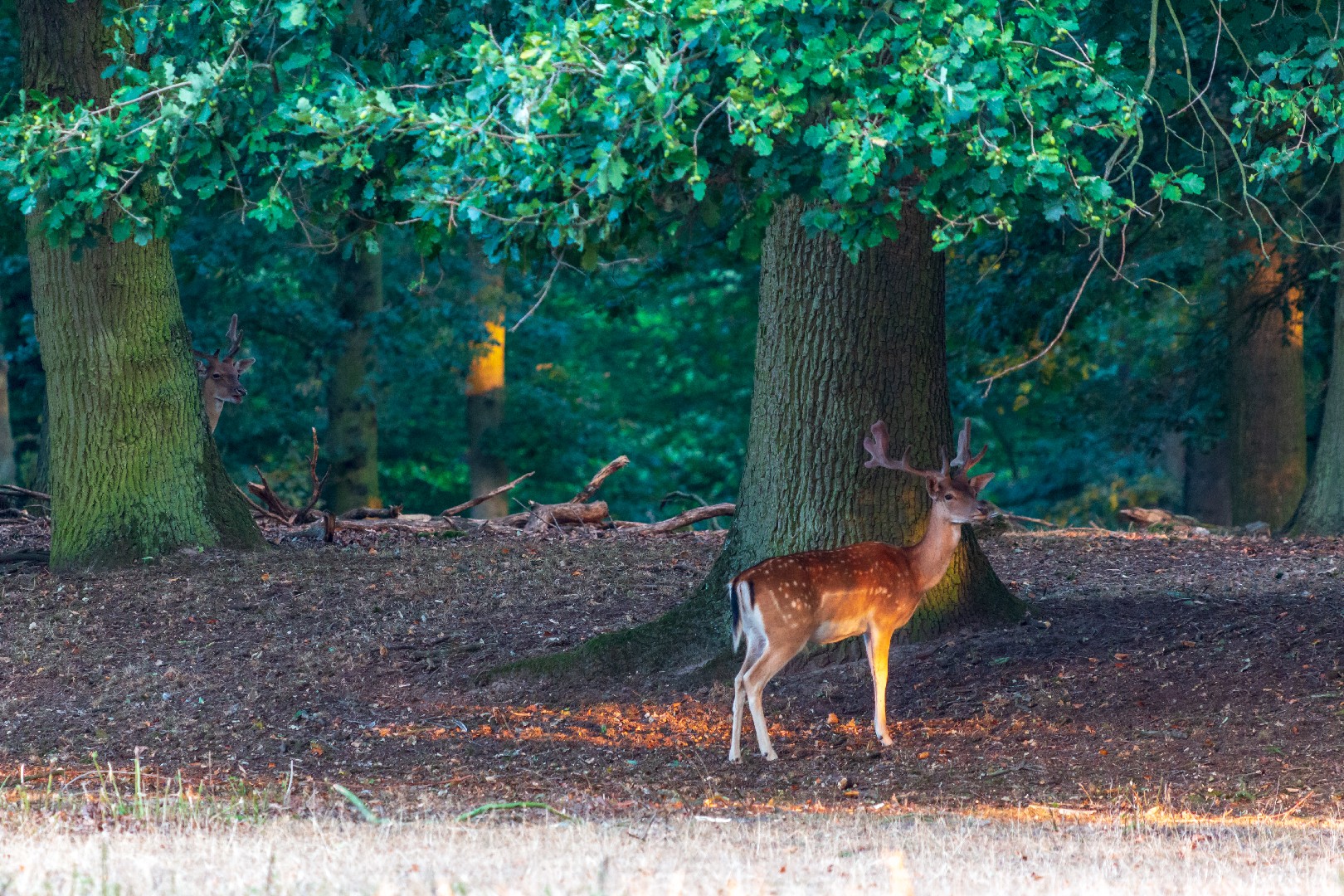Fallow deer
A species of Fallow deer, Also known as Mesopotamian fallow deer Scientific name : Dama dama Genus : Fallow deer
Fallow deer, A species of Fallow deer
Also known as:
Mesopotamian fallow deer
Scientific name: Dama dama
Genus: Fallow deer
Content
Description General Info
 Photo By Dietmar Rabich , used under CC-BY-SA-4.0 /Cropped and compressed from original
Photo By Dietmar Rabich , used under CC-BY-SA-4.0 /Cropped and compressed from original Description
Persian fallow deer are physically larger than fallow deer, and their antlers are bigger and less palmated. They are nearly extinct today, inhabiting only a small habitat in Khuzestan, southern Iran, two rather small protected areas in Mazandaran (northern Iran), an area of northern Israel, an island in Lake Urmia in northwestern Iran, and in some parts of Iraq. They were formerly found from Mesopotamia and Egypt to the Cyrenaica and Cyprus. Their preferred habitat is open woodland. They are bred in zoos and parks in Iran, Israel, and Germany today. In 1978, as the Iranian Revolution was unfolding, with the help of Prince Gholam Reza Pahlavi (the Shah's brother) and the chief of the games and wild life of Iran, the Israeli conservationists carried some of the captive fallow deer out of Iran and into Israel for safekeeping. Since 1996, they have been gradually and successfully reintroduced from a breeding center in the Carmel, into the wild in northern Israel, and more than 650 of them now live in the Galilee, Mount Carmel areas and the Brook of Sorek; however, this population is hybridized with D. Dama. The population of Persian fallow deer has become well established in Iran and gradually growing in number in a number of protected parks and zoos. Due to the rarity of this species, little information exists on their behavior and social structure in the wild; therefore, most biological information comes from captive-bred or reintroduced deer, which may not present an accurate representation of the natural population. 
General Info
Lifespan
12-16 years
Diet
Fallow deer is prominently a browser, feeding primarily on leaves, shrubs, and shoots. It also consumes grasses selectively, and occasionally fruits, nuts, and crops, adapting its diet based on seasonal availability.
Appearance
Fallow deer is a medium-sized ungulate with a slender body and a distinctive thin neck. It has a fur coat that ranges from chestnut to dark brown, often speckled with white spots. Notably, it's adorned with lyre-shaped, palmate antlers that are shed annually. The bucks are generally larger and heavier than the does. During winter, fur becomes longer and darker.
Behavior
Fallow deer are typically solitary or found in small family groups outside of mating season. The male marks its territory through antler rubbing and scent marking. Highly adaptable feeders, their foraging habits change seasonally. Notably, fallow deer are sedentary, preferring to remain within a small home range rather than migrate.